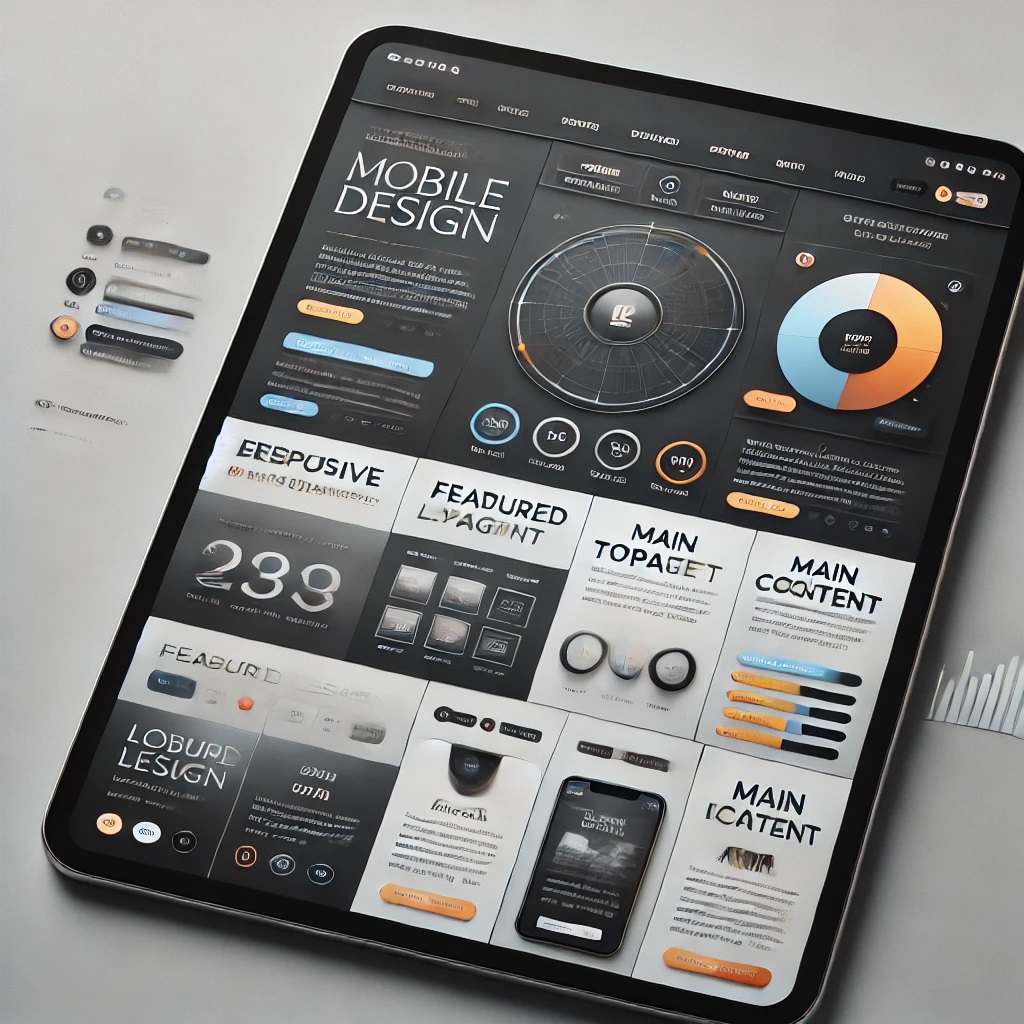
Introduction
In today’s digital age, a strong online presence is essential for any business looking to succeed. A well-designed website is a cornerstone of this presence, serving as a virtual storefront that can attract and engage visitors. However, the process doesn’t end with just creating a beautiful site. Understanding how users interact with your website through analytics is key to continuous improvement and achieving better results. This is where the expertise of web designers in Toronto comes into play, combining creativity with data-driven insights to optimize website performance.
Why Analytics Matter in Web Design
1. Understanding User Behavior
Analytics provide valuable insights into how users interact with your website. By analyzing metrics such as page views, bounce rates, and average session duration, web designers can identify which parts of the site are performing well and which areas need improvement. This understanding helps in creating a more user-friendly experience that keeps visitors engaged.
2. Improving Conversion Rates
Conversion rate optimization is a primary goal for any business website. Whether it’s signing up for a newsletter, making a purchase, or filling out a contact form, higher conversion rates lead to increased revenue. By leveraging analytics, web designers in Toronto can identify drop-off points in the user journey and implement changes to improve the overall conversion rate.
3. Enhancing SEO Performance
Analytics play a critical role in SEO strategy. Understanding which keywords drive traffic to your site, how users navigate through your content, and what search queries are leading to conversions can help in refining your SEO efforts. Web designers can use this data to make informed decisions about content placement, internal linking, and other SEO tactics to boost organic search rankings.
How Web Designers in Toronto Utilize Analytics
1. Setting Up and Monitoring Goals
Setting up specific goals in analytics tools, such as Google Analytics, is the first step towards leveraging data for better results. Web designers in Toronto often work with businesses to define these goals, which can range from tracking form submissions to monitoring e-commerce transactions. Regular monitoring ensures that the website is on track to meet these objectives.
2. Conducting A/B Testing
A/B testing, or split testing, involves comparing two versions of a web page to see which one performs better. By using analytics to track user interactions with different versions, web designers can make data-driven decisions about design elements, content, and layout. This iterative process leads to continuous improvement and better user engagement.
3. Analyzing Traffic Sources
Understanding where your website traffic comes from is crucial for effective marketing. Analytics tools provide insights into the sources of traffic, whether it’s organic search, social media, direct visits, or referral links. Web designers use this information to optimize marketing efforts and allocate resources to the most effective channels.
Case Study: Successful Analytics Implementation
Consider a local Toronto business that experienced a significant increase in online sales after leveraging analytics in their web design process. Initially, the business had a high bounce rate and low conversion rate. By working with a web designer in Toronto, they were able to analyze user behavior and identify key pain points. Through A/B testing, they optimized their landing pages, streamlined the checkout process, and improved overall site navigation. As a result, they saw a 30% increase in conversions and a 25% reduction in bounce rate within six months.
Conclusion
In the competitive landscape of Toronto’s business environment, having a well-designed website is just the beginning. Leveraging analytics allows web designers in Toronto to understand user behavior, improve conversion rates, and enhance SEO performance. By making data-driven decisions, businesses can achieve better results and stay ahead of the competition. Whether you’re looking to redesign your website or optimize an existing one, partnering with a skilled web designer who understands the power of analytics is a strategic move towards achieving your business goals.
FAQs
Q1: What are the benefits of using analytics in web design?
A1: Analytics help web designers understand user behavior, improve conversion rates, and enhance SEO performance. By leveraging data, designers can make informed decisions that lead to better user engagement and business results.
Q2: How can web designers in Toronto help my business?
A2: Web designers in Toronto combine creativity with data-driven insights to create websites that not only look great but also perform well. They use analytics to continuously optimize the site, ensuring it meets your business goals.
Q3: What is A/B testing in web design?
A3: A/B testing involves comparing two versions of a web page to see which one performs better. By tracking user interactions with each version, designers can make data-driven decisions to improve the site’s performance.
Q4: How do analytics improve SEO performance?
A4: Analytics provide insights into which keywords drive traffic, how users navigate through content, and what search queries lead to conversions. This information helps in refining SEO strategies to boost organic search rankings.
Q5: Can analytics help in reducing bounce rates?
A5: Yes, by analyzing user behavior and identifying pain points, designers can make changes to improve user engagement and reduce bounce rates. This leads to a more user-friendly experience and better overall site performance.
